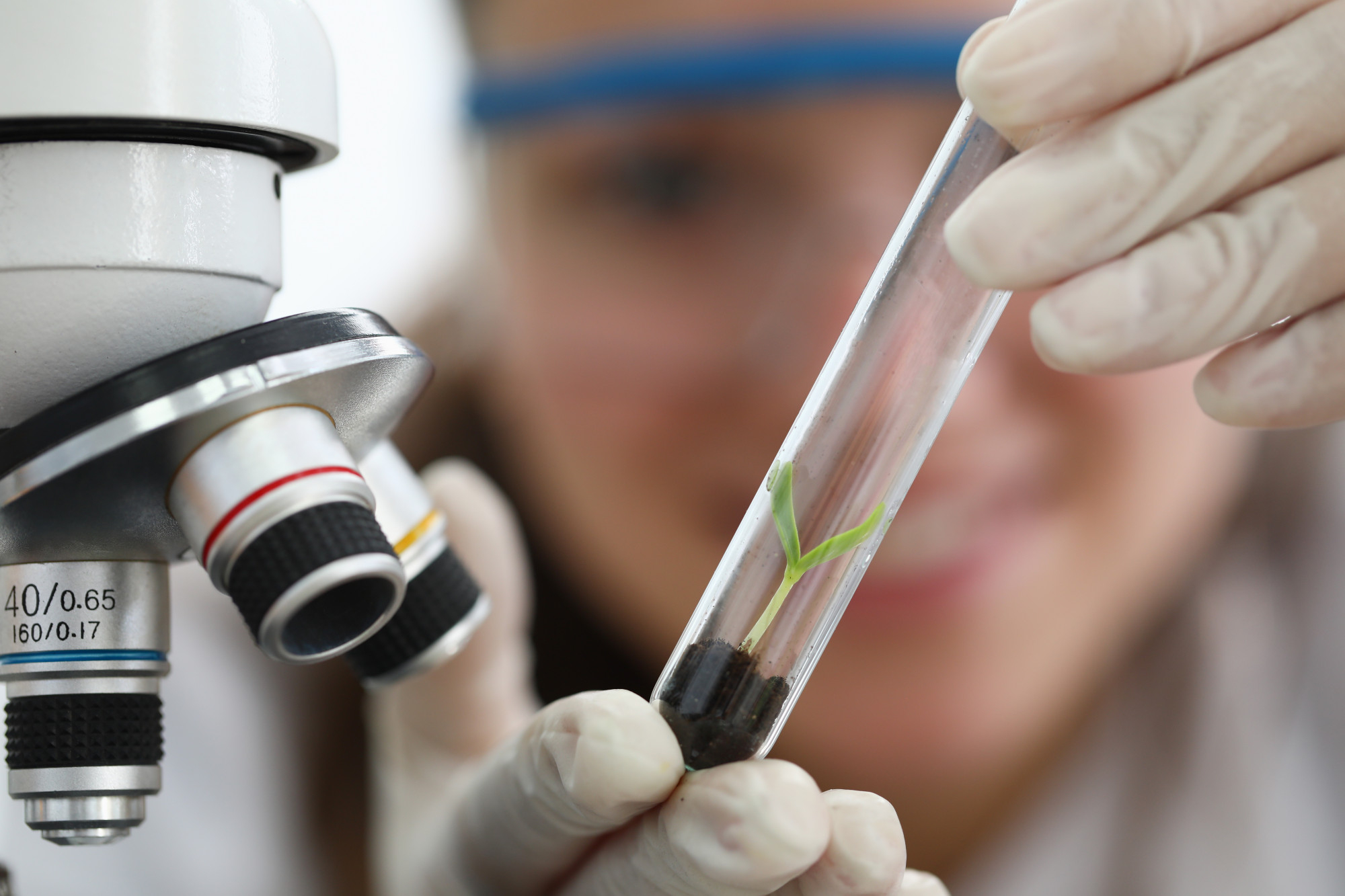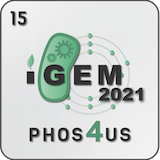Motivation
In order to ensure the supply of nutrients to mankind, the worldwide cultivation of crops like wheat, corn or sugarcane, as well as other fruits and vegetables is increasing and thus the demand for phosphate-containing fertilizers is rising. However, phosphorus is a finite resource. With the current rate of consumption, the reserves of phosphate-containing rock, which is worth mining, will be enough for the next 100 years. From that point on, there will not be enough phosphate available to cover the rate of consumption. (a4)
An additional problem is, that most of the worlds remaining natural phosphorus reserves are located in Morocco (72%), which already lead to political tension in the country, because 20% of the reserves are located in the Western Sahara, which was originally inhabited by the native population of the country and now are slowly evicted from their land by corporate greed. These problems will only grow and spread to the rest of the globe in the coming years with the world population further increasing. (b2)


Challenge
The excessive use of fertilizer containing Phosphorus leads to its accumulation in the soil. Eutrophication, the over enrichment of aquatic ecosystems with nutrients, can lead to excessive plant growth, the bloom of harmful algae and therefore to substantial damage to the biodiversity of the system. (b3)
Heavy rain or excessive irrigation can bring Phosporus from the soil to the surface, and if the soil can not absorb all the water, this can result in a so called runoff, introducing soluble Phosphorus into aquatic ecosystems. This constitutes a widespread environmental problem, being directly driven by the excessive use of fertilizers. (b4) (b5)
Challenge
The excessive use of fertilizer containing Phosphorus leads to its accumulation in the soil. Eutrophication, the over enrichment of aquatic ecosystems with nutrients, can lead to excessive plant growth, the bloom of harmful algae and therefore to substantial damage to the biodiversity of the system. (b3)
Heavy rain or excessive irrigation can bring Phosphorus from the soil to the surface, and if the soil can not absorb all the water, this can result in a so called runoff, introducing soluble Phosphorus into aquatic ecosystems. This constitutes a widespread environmental problem, being directly driven by the excessive use of fertilizers. (b4) (b5)

Our Vision
The goal of our project is to effectively reduce the amount of fertilizer which has to be used in different agricultural fields. We want to achieve this by introducing foreign genes from one bacteria into a modified strain of E.Coli bacteria, which is easier to cultivate. These transformed organisms should be able to better and more effectively produce more soluble phosphorus from the otherwise unavailable organic and inorganic compounds and therefore maximize the usage of the already available raw phosphorus.
Data Driven
Results Orientated
Research Led
Following these principals, we plan to make our first advances in the creation of our novel recombinant organism at high speed.
At the moment we are working hard on our lab-protocols for our work in the laboratory to reach our goal as fast and as efficient as possible. The exact concept of how our recombinant bacteria is supposed to look like is still in the works, but our research team has already many brilliant ideas that only wait to be translated into action. After consulting our PI Professor Kai-Uwe Fröhlich of the Karl-Franzens University, we are already approaching our goal to create a new recombinant organism with high speed.

Phosphorus Future
Without phosphorus, no plant would grow
